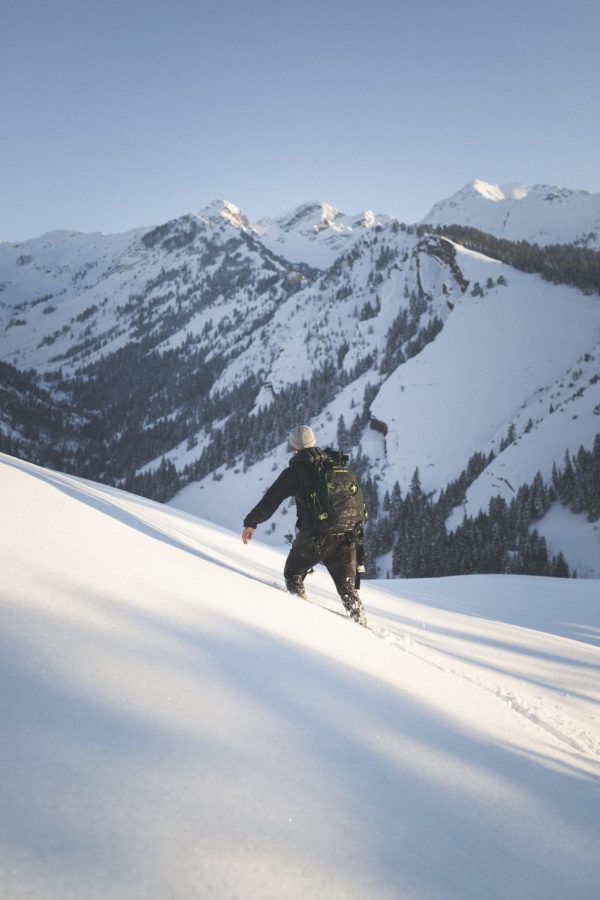Opinion: On Backcountry Affordability
Accessibility to outdoor spaces and sports can be challenging for people in lower-income brackets. You need to be able to afford the gear, afford the instruction, and have a community to engage with. Often, when people do not have adequate financial means, they will prioritize buying gear over instruction. Many accidents that occur in the outdoors are a result of people engaging in an activity without the safety knowledge required.
In terms of outdoor activities, skiing tends to be on the more expensive side of the spectrum. Skiing in resorts offers a way to engage in the activity safely and takes away a lot of variables such as avalanches. However, resort skiing presents its own host of expenses. If you want to go often and get your money’s worth, you have to buy a season pass every year, as well as all of your own equipment. The costs of a season pass can add up over a couple of years, so backcountry skiing might seem like a more affordable option. Some people apply this same logic to other winter sports, such as snowshoeing. It’s a tradeoff. Head into the backcountry and you no longer have to pay for a pass, but you also lose the avalanche mitigation provided at resorts. People should take avalanche courses so they can expand their knowledge about avalanche terrain and learn how to reduce risks. These courses tend to be upwards of $350, and it is preferable for people who go ski touring, split boarding, snowmobiling or snowshoeing to at least take their Avalanche 1 course, if not also their Avalanche 2 course.
People are often either unaware of the risks involved in backcountry travel, or they deem risk mitigation to be something they can achieve for free. Alexa Swanstrom is a student at the University of Utah and photographer for Wasatch who has struggled with the affordability of avalanche courses. “I just think that if avalanche courses were more affordable, it would open up more accessible outdoor recreation opportunities,” she said. “People are putting a price tag on their lives by recreating in the backcountry without proper knowledge because they tend to view it as an extra piece that isn’t necessarily worth its cost.” This is a problematic sentiment, but unfortunately, it is common since many people don’t have the financial means to recreate responsibly. No one should ever feel the need to put a “price tag” on their lives. Tragedies that occur in the backcountry impact the entire outdoor community. Shouldn’t we be making an effort to provide as much information as possible in an affordable manner?
The Utah Avalanche Center is a great resource for staying educated, and they occasionally offer free clinics for people to brush up on avalanche mitigation and rescue skills. Obviously, this is no substitute for taking an avalanche course, but attending these free opportunities with people who are well educated on avalanche danger is a step in the right direction.
I believe that backcountry recreation should be more accessible to all, but such a mentality often negates safety. The immediate solutions are slim if not nonexistent, but for those who do have the privilege to afford the equipment and pay for courses, it should be their responsibility to spread awareness about the barriers to the backcountry. Having these challenging discussions can be the start of a long battle in which we simultaneously fight for inclusivity and safety in the backcountry. On a wider scale, universities should consider instituting programs to make avalanche courses more affordable and should increase scholarship opportunities.
Sometimes people make bad decisions based on their high-risk tolerances, but often they simply don’t understand the risks they are taking. It’s easy to look down upon individuals who make unsafe choices, but we have a greater structure to look down upon. We need to reframe our biases and work on changing affordability, access and general discourse surrounding the backcountry.


